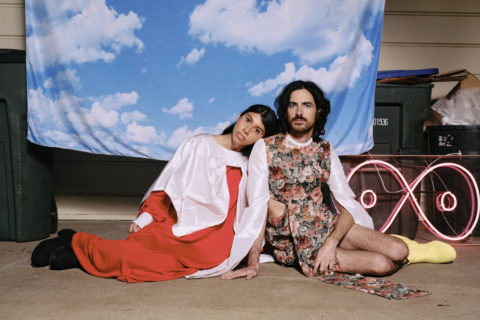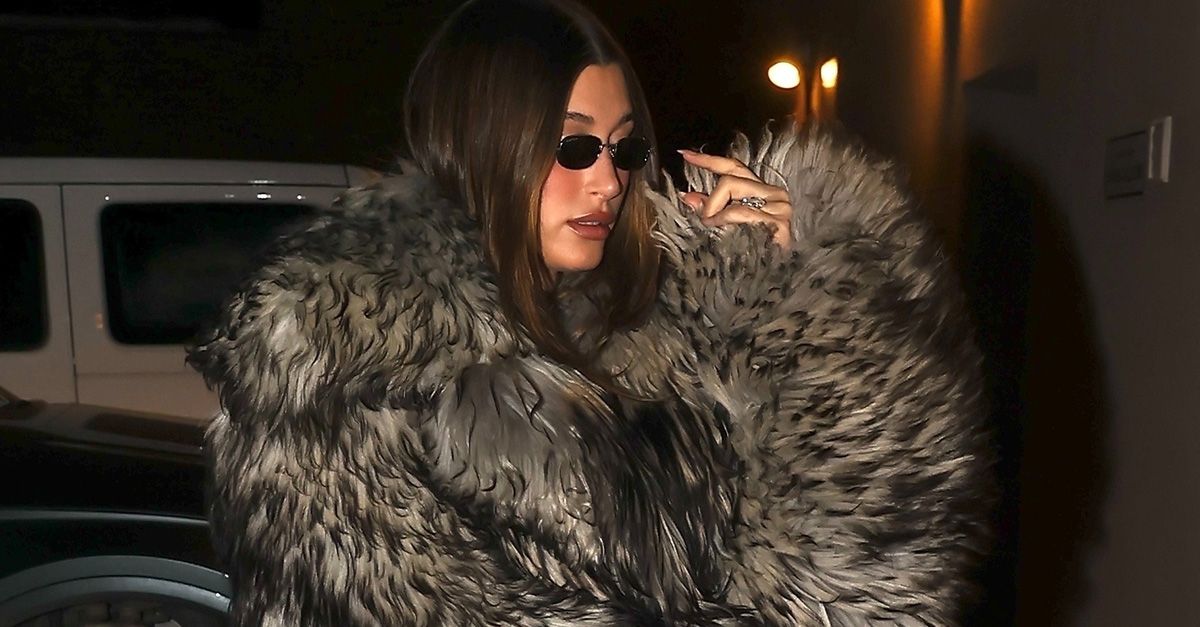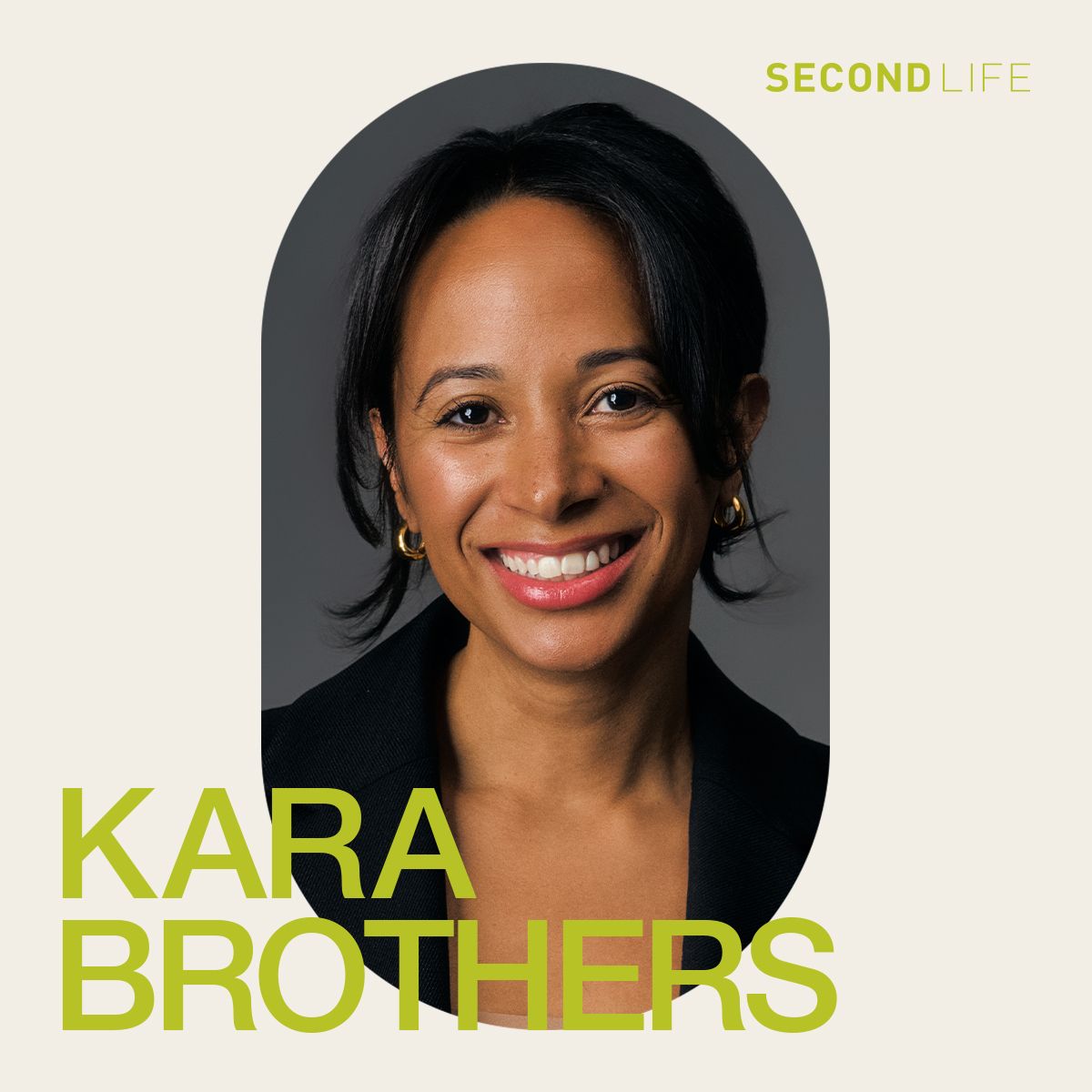We Shouldn’t Ignore The Ableist Comments Made by Candace Owens

Disability advocates are speaking out against recent ableist comments made by political commentator Candace Owens.
In light of her upcoming 30th birthday, Taylor Lindsay-Noel is trying to change her relationship with fashion. The Toronto-based content creator and business owner has been a wheelchair user for 15 years. But after being a competitive gymnast who could wear anything she wanted, she now often feels limited by clothes.
RELATED: Fashion Week Still Has an Ableism Problem
“When you watch a runway show, it’s made for people who are walking,” she says. “And when you’re forced to sit down 24 hours a day, you don’t feel as good in that clothing because it’s not built for that.” She sometimes gets overwhelmed not knowing if a style will flatter her body, and common adornments like studs can cause pain or pressure sores, she explains. “It’s not just about throwing on an outfit. It’s, ‘Will this outfit work for my body and be…safe for my body, since I’m sitting all day?’”
“For a really long time, I’ve had fashion kind of control me,” she continues. That’s why, on March 21, she welcomed stylist Shayelle Smith into her closet to help overhaul her wardrobe and revive her confidence. That same day, she went viral for her response to ableist comments made by Candace Owens.
On a recent episode of her podcast, the right-wing political commentator criticized Kim Kardashian’s shapewear label Skims for featuring disabled models to advertise its Adaptive Collection. “I don’t really understand how far we’re gonna take this inclusivity thing,” she says in the video, referring to an image of a model in a wheelchair, before adding, “It seems ridiculous.”
Lindsay-Noel says her “jaw dropped” after seeing the clip, which has been making its rounds on social media this week. “Disabled people are here to stay, whether you want them to be here or not,” she said in a TikTok directed to Owens. “And we deserve to be seen in all forms of media, including lingerie and shapewear.”
@accessbytay Candace Owens your ableist views are BEYOND unnecessary and out of pocket. Accessible & Adaptive fashion is NECESSARY and inclusivity is imperative. What @SKIMS has done with this line is NEEDED and your ableist nonsense is exhausting 😒 – #skims #skimsadaptive #ableism #ableist #disability #disabled #disabilitytiktok #candaceowens ♬ original sound – Taylor LN | Creator ♿️
Unlike most clothing, adaptive fashion is designed specifically for people with disabilities and health conditions for which getting dressed can be challenging. Nearly 22 per cent of the Canadian population has a disability, but adaptive clothing is still not the norm among mainstream brands. “Seeing people with disabilities in clothing campaigns and media outlets is the difference between a good day and a hard day for me,” says Gabby, a student at the University of Pennsylvania. After becoming an amputee at the age of 18, shopping for clothes became exhausting.
“I had to worry about things that I had never worried about before,” she explains to FASHION. “‘Is this dress too long for a wheelchair?’ ‘Will my prosthetic rip this fabric?’ ‘Will my artificial foot fit into these shoes?’ are all questions I had to ask myself.” Gabby, too, made a video in response to Candace Owens, explaining the importance of Skims’ adaptive design elements, like underwear with snaps that can be seamlessly slipped on and frontal bra hooks that can be done up by those with lower hand function.
@habibtitime Sending you love & light bc you need it ❤️❤️❤️❤️❤️❤️❤️❤️❤️❤️❤️❤️❤️❤️❤️❤️ ❤️❤️❤️❤️❤️❤️❤️❤️❤️❤️❤️❤️❤️❤️ ❤️❤️❤️❤️❤️❤️❤️❤️❤️❤️❤️❤️❤️❤️ ❤️❤️❤️❤️❤️❤️❤️❤️❤️❤️❤️❤️❤️❤️ ❤️❤️❤️❤️❤️❤️❤️❤️❤️❤️❤️❤️❤️❤️ ❤️❤️❤️❤️❤️❤️❤️❤️❤️❤️❤️❤️❤️❤️ ❤️❤️❤️❤️❤️❤️❤️❤️❤️❤️❤️❤️❤️❤️ #disabilitytiktok #selenagomez #candanceowens ♬ original sound – Gabby🌸
“Those little things go so far and help with people’s independence,” says Lindsay-Noel. “We fight so hard in our everyday lives to get back independence, and dressing is a huge part of that. Finding something that is not only easy to put on but is comfortable and stylish is a triple win.”
That’s what 33-year-old designer Jillian Maddocks is working to do. At 19, Maddocks was diagnosed with Ankylosing Spondylitis, an autoimmune disease that affects the bones, joints, and muscles. After landing her first job as a designer, her health wouldn’t allow her to keep up with the physical demands of the role. So, she started her own label, 323, in 2015.
When making clothes, Maddocks considers those who are hypersensitive to the touch of clothing. She tries to avoid tags, tight waistbands, and zippers, and many of her pieces can be easily pulled on. With a colourful palette and breezy, soft fabrics, 323 conveys a decidedly joyful aesthetic while also being functional. “It didn’t even occur to me that I was making a disability-inclusive line until recently, long after starting 323,” she says. “As a disabled designer, I was really just making clothes for me.”

Maddocks is among a growing minority of disability-inclusive designers, but navigating an industry rife with ableism has not been easy. “You need to have the energy to put in an enormous amount of hours just to hold your job. You need to be able to lift heavy rolls of fabric. You have to be able to sit hunched at a sewing machine all day. Then you also need to have the energy to network constantly,” she says. And while representation is important, she wants to see more disabled people working in creative roles behind the scenes, too.
“Everyone is just an accident or illness away from becoming chronically ill or disabled,” Maddocks says. “If [Candace Owens’s] behaviour wasn’t so harmful and dangerous, I would feel sad for this person. Then again, she is reflecting the ableism rooted deeply in our culture.”
As for Taylor Lindsay-Noel, she finds it ironic that this social media conversation is taking place now — at a time when she’s working to reframe her relationship with clothes. Going forward, she plans to document her personal style discovery, she says, so that she can offer more representation of fashion on a seated body.
“[Owens] says, ‘How far are we going to take it?’” Lindsay-Noel notes, referring to Owens’ comments about inclusivity. “And to that, I say, all the way. Until every single person feels represented. Then our work is done. Obviously, that’s not the case, so we have a far way to go.”





